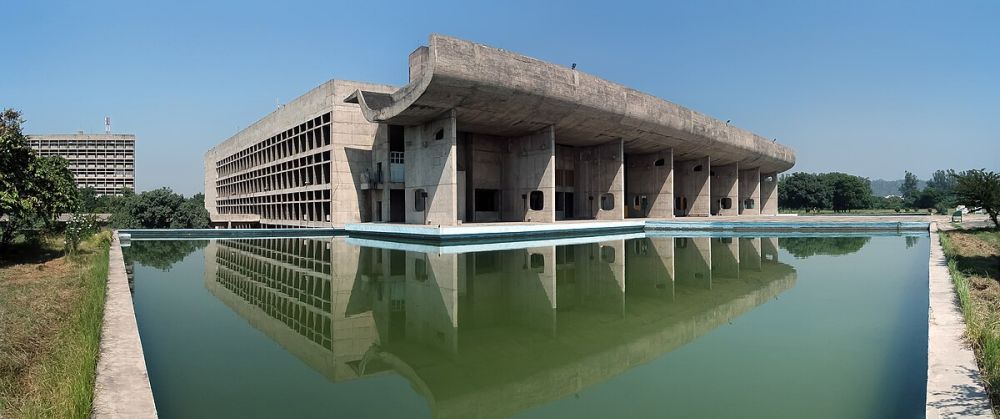

The Capitol Complex, located in the vibrant city of Chandigarh, is a prime example of modernist architecture and a focal point for tourists from around the world. Designed by the renowned architect Le Corbusier, the complex came into existence in the 1950s when India initiated a project to build a new city, which came to be known as Chandigarh, after the partition of the country in 1947.
Since its inception, the Capitol Complex has drawn visitors intrigued by its innovative design and urban planning. A pioneering work of modernist architecture, the complex features three main buildings - the Legislative Assembly, the Secretariat, and the High Court. These structures represent the monumental scale, geometric forms, and innovative use of concrete that Le Corbusier was famous for.
Over the decades, tourism at the Capitol Complex has evolved, reflecting the growing appreciation for architectural heritage and cultural tourism globally. In July 2016, the site gained a remarkable boost in tourist footfall after it was declared a UNESCO World Heritage Site. This prestigious status has further highlighted the complex's significance and appeal.
The latest trends in tourism at the Capitol Complex involve immersive and educational experiences. Visitors are interested in more than just sightseeing; they seek to understand the history, context, and functionality of the architecture. Guided tours have become increasingly popular, providing insights into Le Corbusier's vision and the symbolic representations within the buildings.
Another emerging trend is the integration of technology into the visitor experience. The administration has embraced digital tools to facilitate virtual tours and augmented reality apps that allow tourists to explore the complex's history and architecture in more depth.
For those planning a visit, the Capitol Complex is open to the public, although certain areas may require advance permission due to their functional roles as government buildings. The 'Open Hand Monument,' a recurring motif in Le Corbusier's work and a symbol for Chandigarh's government, is a must-see within the complex. Its openness signifies the city's freedom and unity, adding a profound layer to the touring experience.
To maximize the experience, visiting during the early hours of the day or late afternoon is recommended to avoid the heat, as most of the tour involves walking outdoors. Photography enthusiasts will enjoy capturing the interplay of light and shadow on the concrete forms that the complex presents.
The Capitol Complex in Chandigarh remains a testament to modernist ideals and an essential destination for architectural scholars, enthusiasts, and tourists alike. Its ever-evolving tourism reflects the timeless allure of Le Corbusier's vision and the world's enduring interest in the heritage of design. With its status as a UNESCO World Heritage Site, the Capitol Complex will continue to draw visitors keen to explore its monumental significance.